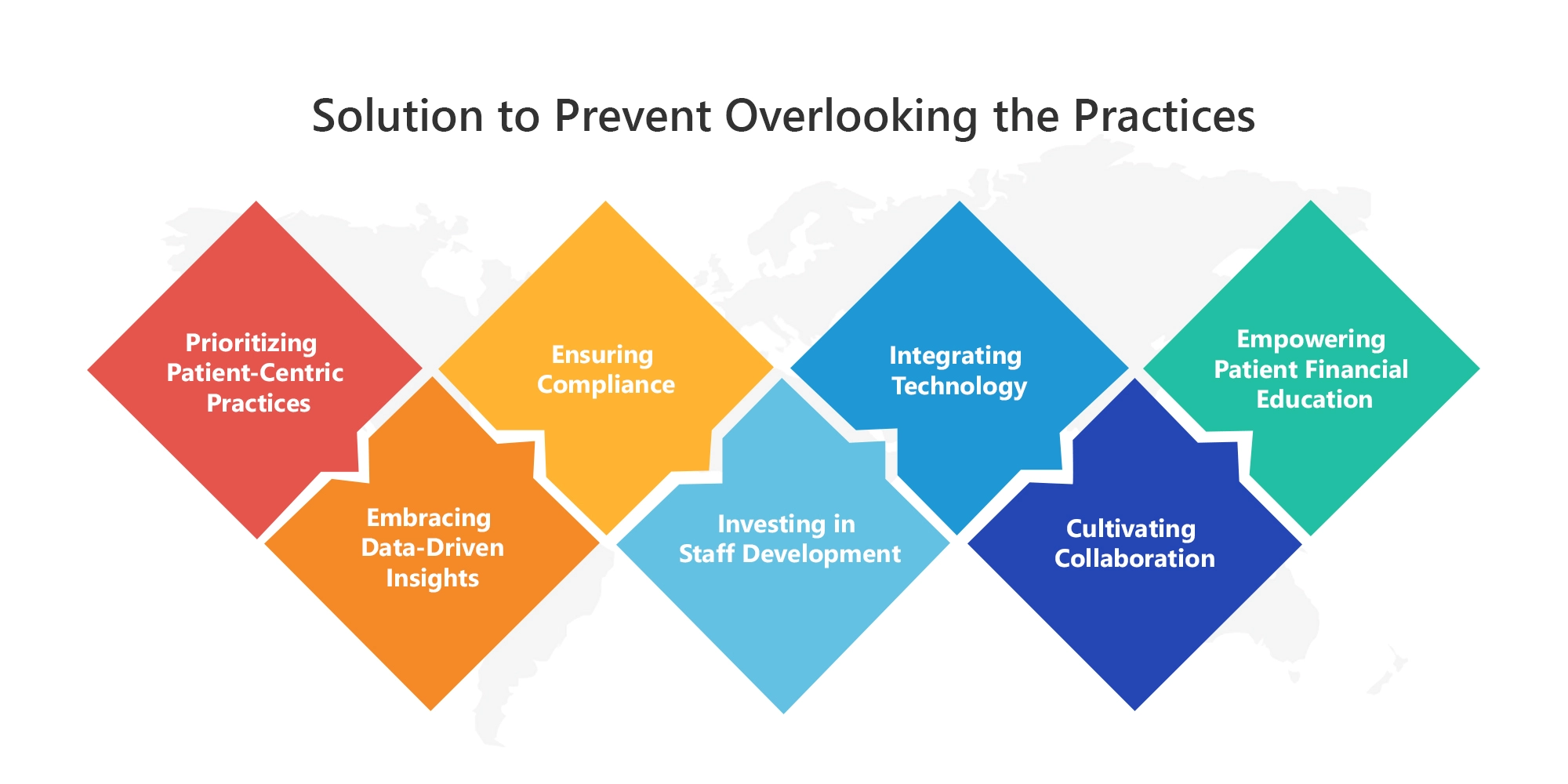Effective revenue cycle management (RCM) is important for the financial fitness of healthcare companies. While many healthcare institutions are aware of intricacies of RCM including billing and claims processing, there are several neglected features that play a great role in making sure an unbroken and successful management in their healthcare cycle. In this in-depth exploration, we can delve into those regularly underestimated advantages of RCM and shed light on their effect on the monetary sustainability and normal operations of healthcare facilities.
Overlooked characteristics in healthcare revenue cycle management (RCM) embody patient-centric approaches that prioritize engagement, data analytics for predictive insights, compliance and risk management, technological integration, collaboration, and patient financial education. While often underestimated, these features contribute substantially to monetary stability, patient access, and operational performance inside healthcare groups. Recognizing and nurturing these components results in optimized management series, decreased errors, and improved patient experiences, in the long run ensuring the holistic success of the RCM.
Overlooked Practices of healthcare revenue cycle management
Patient-Centric Approach
An often-neglected success of RCM is adopting a patient-centric technique. Healthcare practices that prioritize patients, keep the patient engaged and aware of their processes enhance the experience as well as improves their possibility of obtaining correct and timely payments. This entails clear communication with patients’ billing processes, coverage, and potential monetary duties. By making sure transparency and addressing patient’s issues, practices can foster trust and decrease the probability of payment disputes or delays.
Data Analytics and Predictive Modeling
While data analytics is gaining interest in healthcare, its capability inside revenue cycle management is often not used up to its potential. Utilizing data analytics and predictive modeling can help healthcare centers pick out trends, traits, and revenue leakage areas. By studying the patient’s demographics, price histories, and claims data, practices can proactively deal with problems, optimize pricing techniques, and enforce preventive measures to limit revenue loss due to claim denials or coding errors.
Compliance and Risk Management
Ensuring compliance with ever-changing rules and healthcare legal guidelines is an essential but regularly underestimated element of RCM. Overlooking compliance can result in tremendous economic penalties and criminal effects. Healthcare companies need to stay up to date on medical billing codes, documentation requirements, and other rules to prevent revenue losses from claims denials or audits. Implementing strong compliance and risk control strategies can shield the collections and prevent practice’s reputation.
Staff Training and Development
Effective healthcare revenue cycle management relies on a knowledgeable and professional workforce. Investing in non-stop group work like education, improvement upgrading, and continued training, is an ignored yet essential first-class. Providing ongoing training on coding updates, billing practices, and coverage rules ensures that the individuals are equipped to navigate the complexities of the revenue cycle. Well-trained personnel are more likely to correctly process claims, reduce mistakes, and maximize collection.
Integration of Technology Solutions
Integrating superior technology solutions is another ignored element of RCM. Automation and artificial intelligence can streamline the workflow with claims processing, charge posting, and denial control. Implementing intuitive software can enhance performance, reduce manual errors, and boost up the revenue cycle. The powerful utilization of revenue generation can by large, impact the financial overall performance of healthcare companies.
Collaboration and Communication
Collaboration and conversation between departments within a healthcare facility are often underestimated in RCM. Effective collaboration among scientific, administrative, and financial groups can help discover possibilities for revenue enhancement and price reduction. Regular cross-functional meetings can lead to insights in order to improve clinical documentation, coding, and patient care, ensuring in better clean claim ratio, and optimized collections.
Patient Financial Education
Educating patients about their financial obligations and coverage is missed out. Clear conversation about co-pay, deductibles, and out-of-pocket fees can save surprises and improve patient satisfaction. Patient monetary education also includes imparting flexible payment options, setting up payment plans, and imparting financial counseling to assist patients in dealing with their medical payments.
Is there a Solution to Prevent Overlooking the Practices of Healthcare RCM?

To harness the potential of these neglected practices, healthcare institutions should adopt a holistic method to improve revenue cycle management. This includes:
Prioritizing Patient-Centric Practices
Implement obvious communique with patients regarding billing, coverage, and financial obligations to foster confidence and reduce disputes.
Embracing Data-Driven Insights
Leverage data analytics and predictive modeling to find out revenue leakage, patterns, optimize pricing, and prevent claim denials.
Ensuring Compliance
Stay updated with regulations and invest in compliance techniques to avoid financial penalties and legal repercussions.
Investing in Staff Development
Provide continuous training to empower personnel with the updated know-how to navigate RCM complexities.
Integrating Technology
Explore automation to streamline techniques, decrease errors, and accelerate revenue cycles.
Cultivating Collaboration
Foster cross-departmental communication to see a wider range of possibilities for development and revenue collection.
Empowering Patient Financial Education
Offer transparent information to patients and mention their alternatives for managing clinical payments.
By embracing these solutions and recognizing the hidden strengths of RCM, healthcare practices can set up a resilient revenue cycle that now cannot only boost financial outcomes but also elevate patient satisfaction and care.
Struggling Ambulatory Surgery Center Improves its Monthly Collections by 40%
Summary
In conclusion, the complexities of revenue cycle management (RCM) in healthcare extend a long way beyond conventional practices. The regularly unnoticed qualities mentioned right here – patient-centricity, data analytics, compliance, workforce training, technology integration, collaboration, and patient financial training – together shape the bedrock of a resilient and thriving revenue cycle.
As healthcare practices navigate through the ever-changing world, recognizing and implementing these features is essential. By doing so, establishments can reap financial stability, improve patient studies, and streamline operational performance. Embracing these qualities does not only ensure a successful revenue cycle but also contributes to patients’ care and success of healthcare practices. It is through the synergy of these overlooked attributes that the actual potential of healthcare revenue cycle management can be completely explored.









